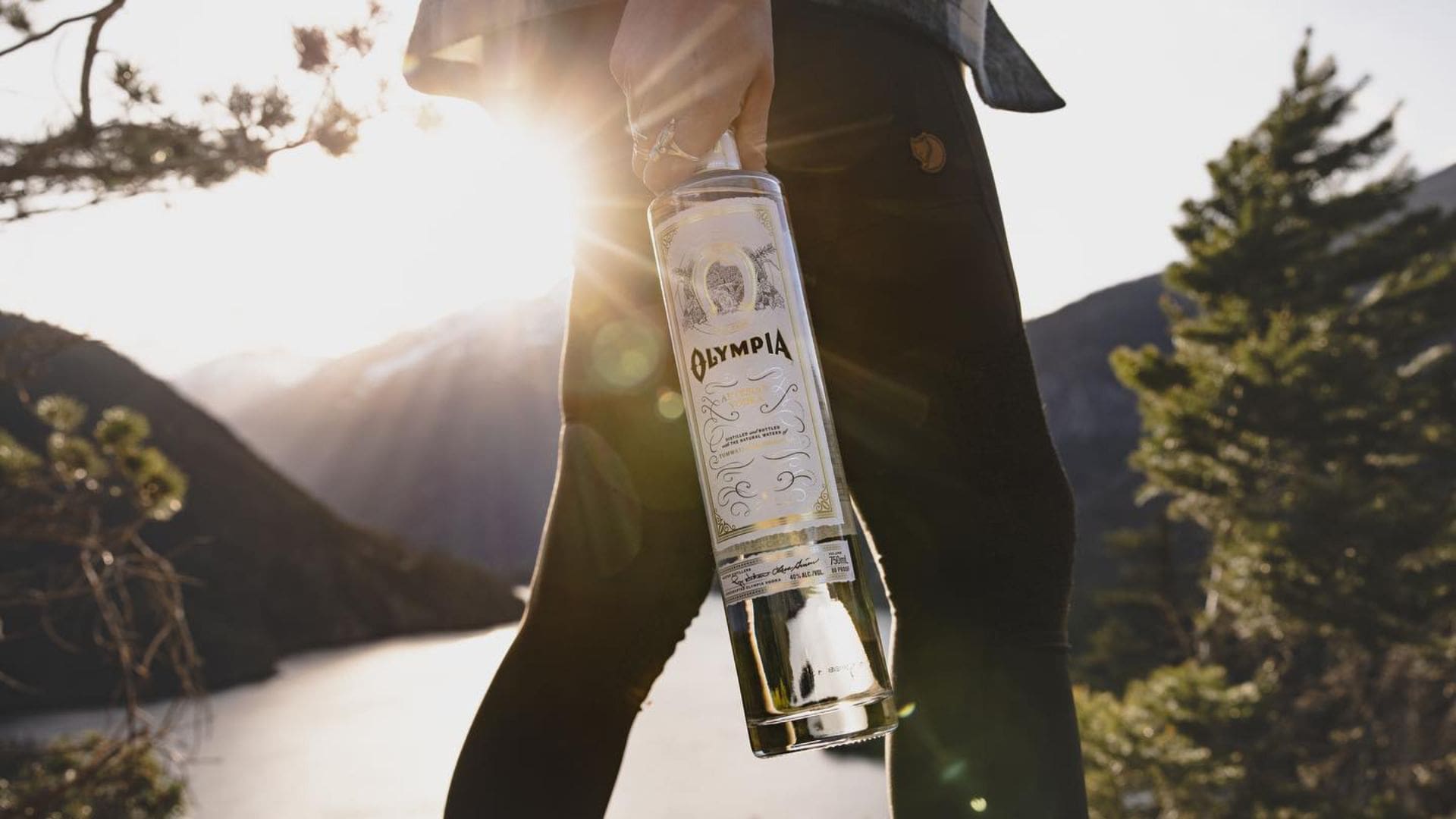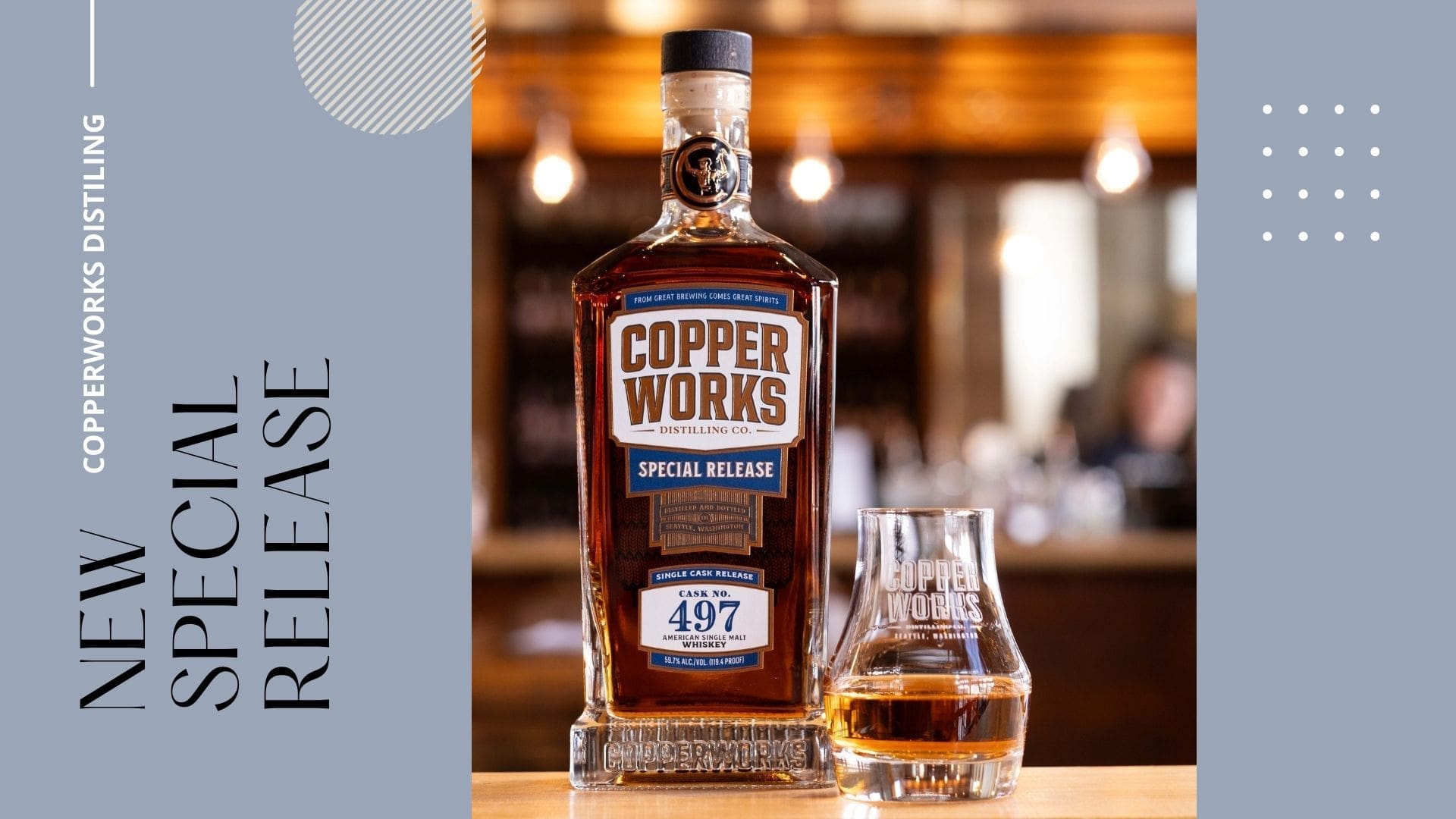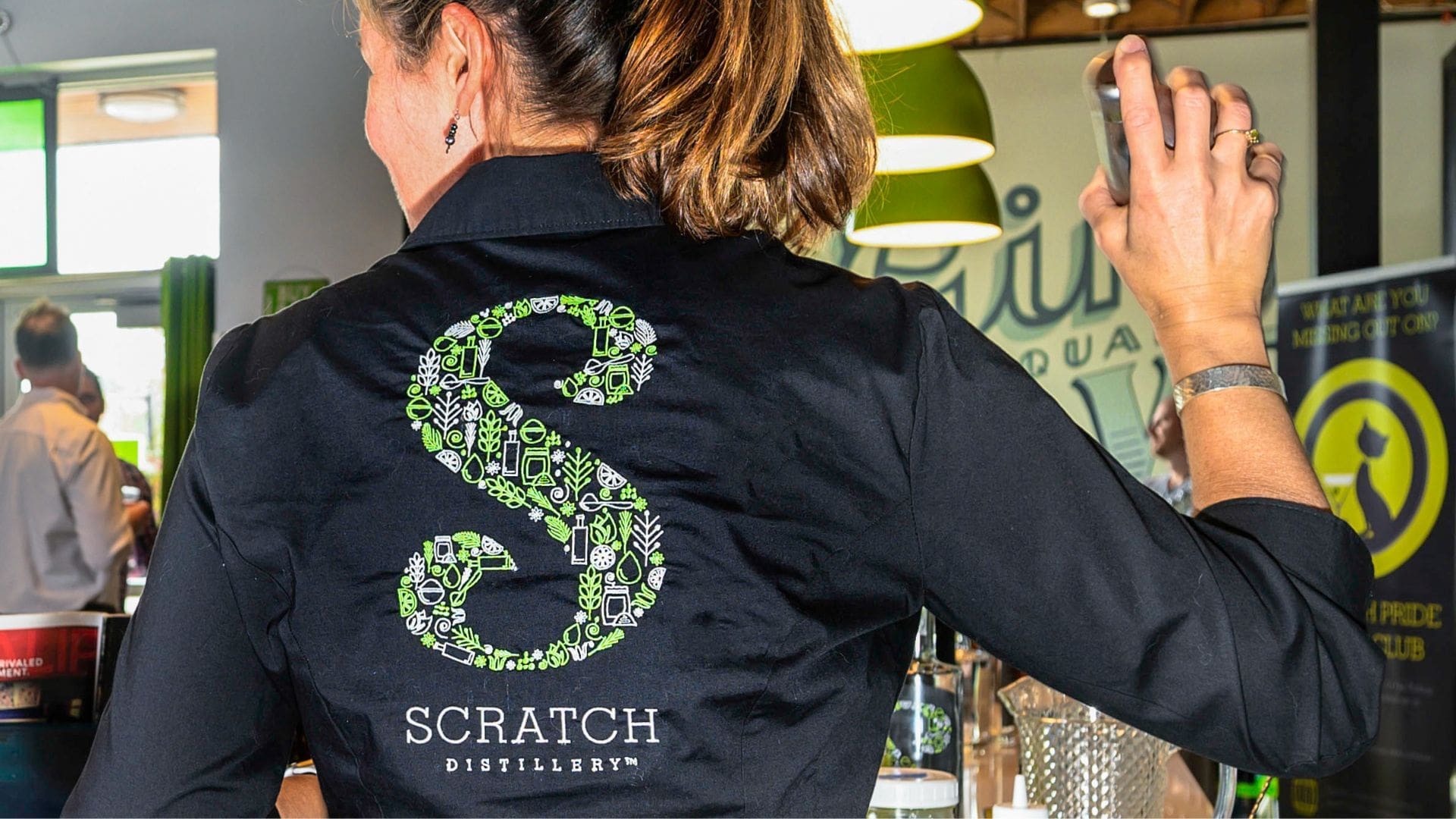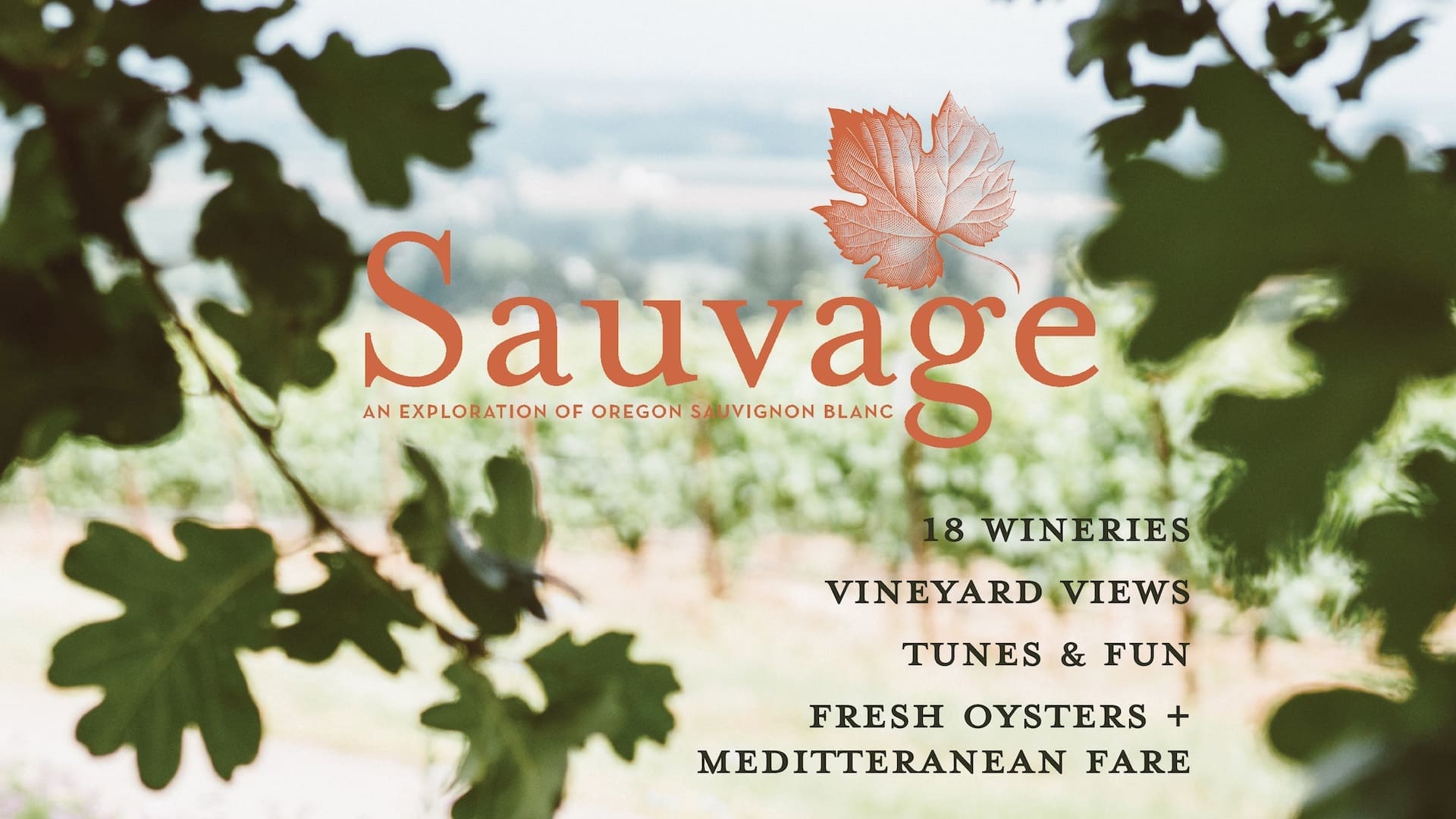The holiday season is upon us, and with it, ample opportunity for frothy and festive libations. One of the quintessential holiday offerings is eggnog. I’m not talking about the cloying stuff you find in the supermarket. This is a booze publication after all. I’m talking supremely creamy, totally boozy, aged eggnog.
I first I read about aging eggnog on the blog of Seattle-based cookbook author and food writer Jess Thomson. In a blog post from 2007, appropriately titled, “Will This Kill Me?,” Thomson shared the story of her family tradition for making eggnog right after Thanksgiving, and aging it in a crock in the back of the fridge for several weeks.
Other than the $50 or so worth ingredients needed, there is no reason you shouldn’t make this eggnog this weekend. Store it in growlers in the back of your fridge and you will be the most popular family member come Christmastime. Aged eggnog develops a thick, custard-like consistency. Whipped fresh egg whites are folded into the base to make it lighter and frothy. The flavor becomes more nutty with time, stays very boozy (like, limit of one-glass boozy) and can cheer up even the darkest, coldest of nights.
Does the idea of aged eggnog give you the heebie-jeebies? Don’t worry—there are plenty of science-types around to vouch for this method. Bottom line: add enough booze, and any bad bacteria in the eggs will be killed. Especially if you age it! Time + booze = no bad bacteria. You can watch a video from Rockefeller’s Laboratory of Bacterial Pathogenesis and Immunology here.
At Sun Liquor Bar & Distillery, in Seattle’s Capitol Hill neighborhood, Erik Chapman has been producing an eggnog he ages for about a month since 2006. They’ve served it every Christmas Eve and Day since. When asked for the recipe, Chapman politely refused. “My recipe has been tweaked over the years, and I’m not allowed to share it. (Though there is an approximation of his formula can be found here.) Sun Liquor—inspired by a group on Twitter last winter—is hosting an inaugural Eggnog Ball on Thursday, December 11. For $45, you can mingle only the stainless tanks, bottling equipment and barrels at Sun’s production facility. “Expect seasonal food, specialty beers, ciders & wine, cocktails, and of course, eggnog,” says Chapman. Some of the other producers include 2bar Spirits, Hilliard’s Beer, Off the Rez, Snoqualmie Ice Cream, Snowdrift Cider Co. and more.
But why stop at aging eggnog for just a month? On the blog The Bitten Word (and many other web sites as well), they aged eggnog for 12 months. I made their recipe two years ago, and sampled it last winter alongside Thomson’s recipe for Ken’s Eggnog (below). The result? I immediately made another batch of Thomson’s hooch and have been storing it since last December. It’s delicious! It has a pronounced nutty flavor, and a softer boozy flavor, though it still packs a punch. Whether you age your eggnog for one week, one month, or 12 months, aged eggnog is definitely worth the investment of time and money. You’ll never buy the stuff in a carton again.
Ken’s Eggnog, Courtesy of Jess Thomson
Note: This recipe requires 30 minutes of active time, along with regular stirring and four weeks to age. The recipe yields 2 gallons.
12 extra-large egg yolks
1 pound confectioners’ sugar
1/4 teaspoon salt
1 cup cognac
1 quart (about 4 cups) dark rum
3 quarts half and half
6 extra-large egg whites for nog, plus 6 more for serving
Nutmeg, for serving
In the work bowl of a standing mixer fitted with the whisk attachment, whip the egg yolks on medium speed until light, about 2 minutes. With the machine on low, slowly add the confectioners’ sugar, and mix until blended (no need to sift the sugar). Add the salt and cognac, whisk to blend, and use a rubber spatula to scrape any sugar off the insides of the bowl, whisking on low and scraping until the sugar is totally absorbed into the liquid. Add the rum and one quart of the half and half (the liquid should come up almost to the top of the whisk), mix to blend, and transfer to a large mixing bowl. Clean and dry the bowl and the whisk.
Next, whisk six egg whites until thick and opaque but still soft (soft peak). Add the remaining 2 quarts cream, and whip again to mix. Transfer half of this mixture to each of two gallon-sized vessels. (I store my eggnog in two ceramic crocks with lids that seal closed.) There will be about 6 cups in each, including the foam.
Finally, stir the reserved mixture with the alcohol in it, and divide it between the two crocks, again about 6 cups into each. Stir to blend, and refrigerate for about one month, stirring (and tasting) the eggnog once every few days, and ladling liquid from one crock to another, if you’d like the two crocks to taste identical.
To serve, whip 6 additional egg whites to soft peak, and fold into the eggnog. Serve cold, dusted with freshly grated nutmeg.












